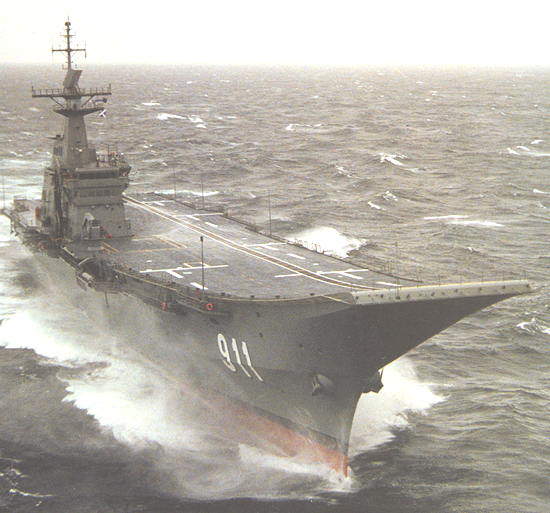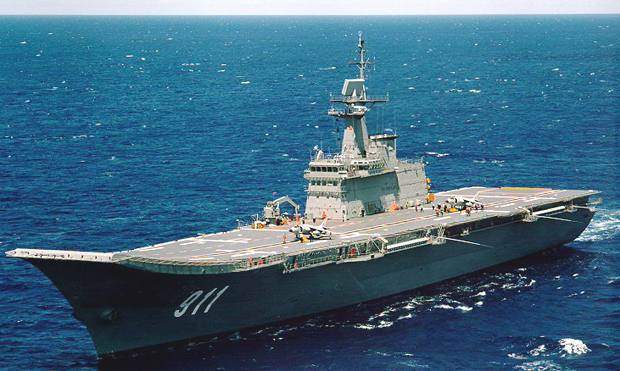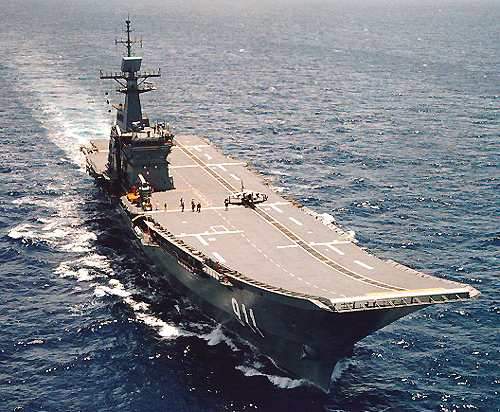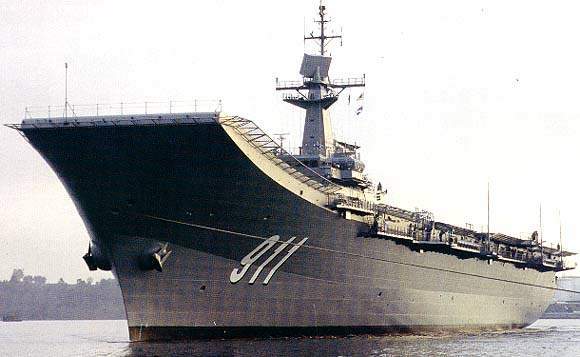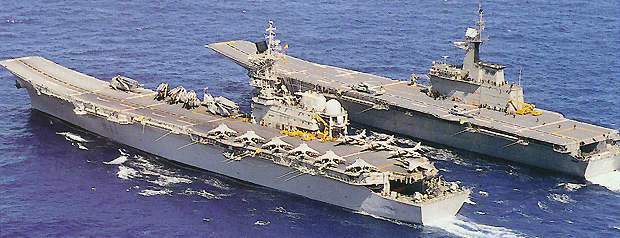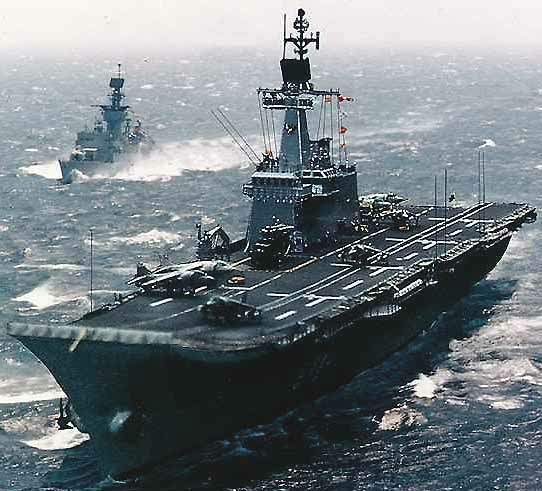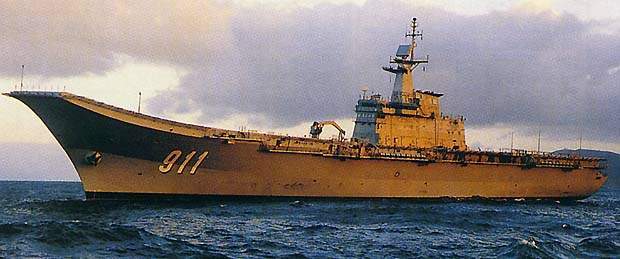The Offshore Patrol Helicopter Carrier, HTMS Chakri Naruebet, was constructed for the Royal Thai Navy (RTN) by Spanish shipbuilders Izar (formerly EN Bazan).
In February 2005, the naval shipbuilding activities of Izar were spun off into a new company, Navantia.
Under a contract signed in July 1992, the Chakri Naruebet was constructed at Navantia’s El Ferrol yard in Spain and commissioned in March 1997. With a design similar to that of the Spanish carrier Principe de Asturias, it is fitted with a 12° ski jump to enable the use of Harrier-style aircraft. The carrier’s main role is EEZ surveillance and protection and search and rescue, but it could also be used for flagship command and control, air support for the Thai surface fleet or disaster relief. It is based in the Gulf of Thailand.
Offshore patrol helicopter carrier design
The ship is equipped with six multi-mission Sikorsky S-70B Seahawk helicopters, designed for use in an anti-submarine role. These are supplemented with six ex-Spanish Matador AV-8S (Harrier) short take-off/vertical landing (STOVL) aircraft. The Chakri Naruebet’s 174.6m x 27.5m flight deck, which terminates in a 12° ski jump, can accommodate five simultaneous helicopter take-off/landings; the hangar provides space for ten medium helicopters or Harrier-sized aircraft. The carrier’s maximum speed is 26 knots, with a cruise speed of 16 knots. Range is estimated to be 10,000nm at 12 knots. Two spade rudders and four hull stabilisers have been fitted.
Command and control system
The command and control system is made up of a combat information centre with seven Inisel consoles and an auxiliary console. The combat system is the AN/UYK-43C Lowboy with weapon systems integration carried out by FABA, Spain.
Weapons
The ship has provision for the future installation of one eight-cell Mk 41 Vertical Launch System (VLS) for the Seasparrow surface-to-air missile. Seasparrow uses semi-active radar guidance, has a range of 14km and a speed of Mach 2.5. The carrier has three MBDA (formerly Matra BAe Dynamics) Sadral six-cell launchers for the Mistral missile. Mistral is a short-range anti-aircraft missile able to intercept in-coming sea-skimming missiles. The Sadral six-cell launcher is a stabilised turret equipped with a television camera which can be fitted with an infrared channel for target acquisition. The Mistral missile is equipped with an infrared homing head supplied by SAGEM and has a 3kg high explosive warhead loaded with tungsten balls. Range is 4km.
Sensors
The ship is equipped with a Raytheon AN/SPS-52C 3-D medium range air search radar, operating at E/F band, Kelvin Hughes navigation and helicopter control radar, Kelvin Hughes I-band navigation radar, MX 1105 Transit/GPS Omega satellite navigation system and an URN 25 Tacan system. The Raytheon AN/SPS-64 I-band surface search radar and Thales Nederland (fomerly Signaal) STIR I/J/K-band fire control radar are not fitted.
Provision has been made for a hull-mounted, medium frequency, active sonar system.
Propulsion
Propulsion is by a Combined Diesel or Gas Turbines (CODOG) system which is made up of two pairs of GE LM-2500 gas turbines rated at 44,250hp with a power turbine speed of 3,600rpm and Izar-MTU 16V1163 TB83 diesel engines, each with an output power of 6,437hp at 1,200rpm, which will drive two variable-pitch five-blade propellers. (Thailand’s two Naresuan Class frigates, which may escort the carrier, are also fitted with CODOG systems).

